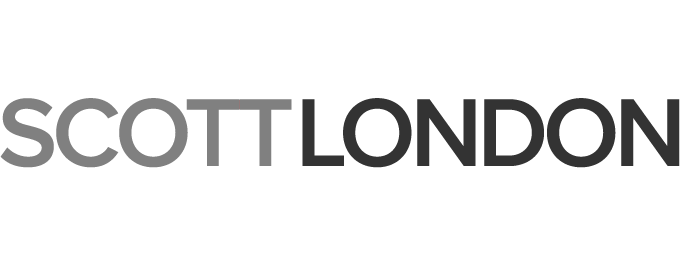The Photography of Burning Man: An Interview with Scott London
October 1, 2014
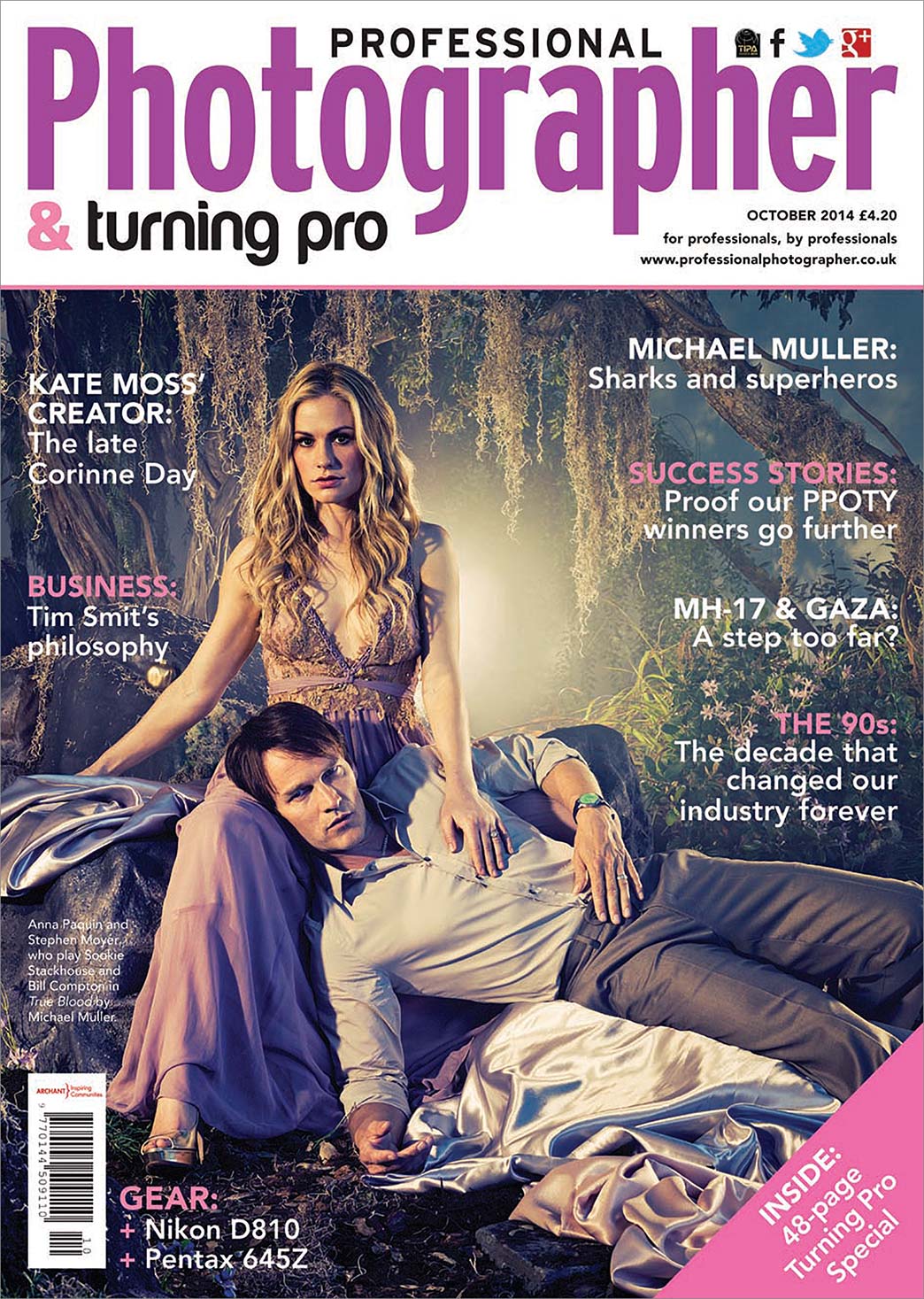
Branded a “laboratory of creativity” by its long-term photographer, Scott London, why is Burning Man such a hot ticket in both the art and festival world? Daisy McCorgray finds out.
The new coffee table book, Burning Man: Art on Fire, allows one to discover the essence of this iconic festival through a visual narrative that documents the festival’s sculpture and art over the years. It features a rich selection of over 200 photographs, capturing the effort, artistry, and one could suggest, insanity that goes into creating this wildly ambitious event. To find out more about the role of the photographer in this temporary desert city, I spoke to Scott London, the award-winning photographer who has been documenting the festival for over a decade.
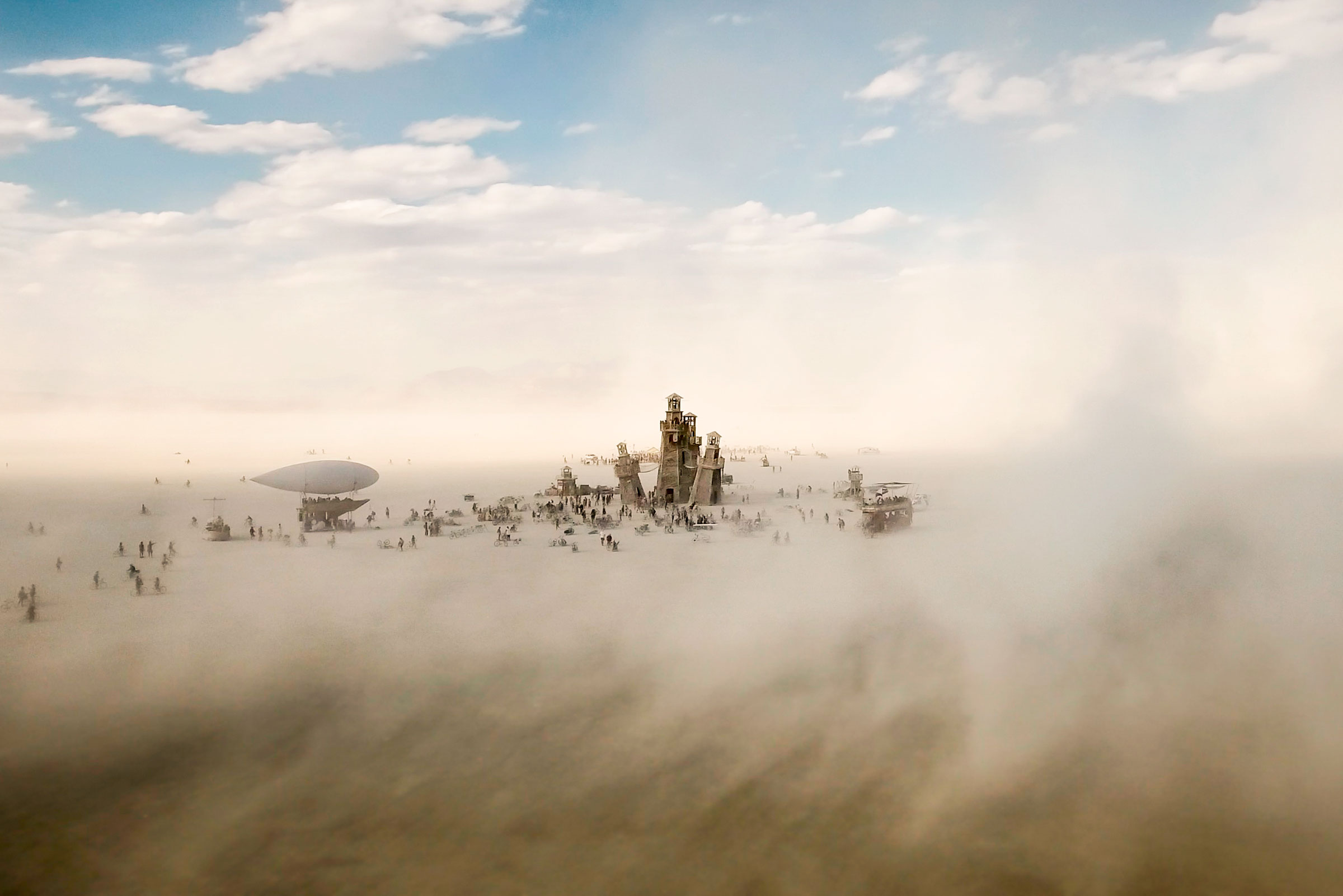
For those that haven’t been, what is the experience of Burning Man like?
Burning Man is notoriously difficult to describe. It’s not exactly an art festival, not exactly a desert rave, and not exactly an experiment in temporary community. But it has aspects of all three, and much else besides. A lot of people go to Burning Man just to party and have a good time. That’s what I did the first time. But there is more to the event, I think. Something deeper and more significant.
I see Burning Man not so much as a festival in the traditional sense, as a kind of laboratory of creativity. It’s like a grand and visionary experiment where you’re encouraged to push your creative ideas in new directions. The idea is to immerse and express your self in some capacity—through making art, perhaps, or playing music, dressing up, or spinning fire. Burning Man says, in effect, don’t come unless you can contribute something fun, playful, or inventive.
Does photography play an important role at Burning Man?
I’m not sure it does. In some ways I think there are already too many cameras at the event. Photographers often stand on the sidelines and try to capture what others are doing. This goes against one of the essential principles of Burning Man, which is to immerse yourself and be part of whatever is going on.
Many photographers who first come to Burning Man fall into the trap of trying to capture what’s happening. This was certainly true for me in the beginning. I’m a journalist by background and I was trained to always strive for objectivity in my work—to faithfully record reality as I saw it, but never to influence it or to introduce my own biases. You can see how this ethic, so important in journalism, is antithetical to the spirit of an event like Burning Man.
So my journey as a photographer has been to systematically let go of any pretence to objectivity and to embrace the spirit of the artist and creator. It has meant using the camera as a tool not only for documenting what’s happening, but for working with others to create something interesting. My best images now come from working with people to create imagery that can stand on its own. It’s more collaborative, more creative, and a lot more enriching.
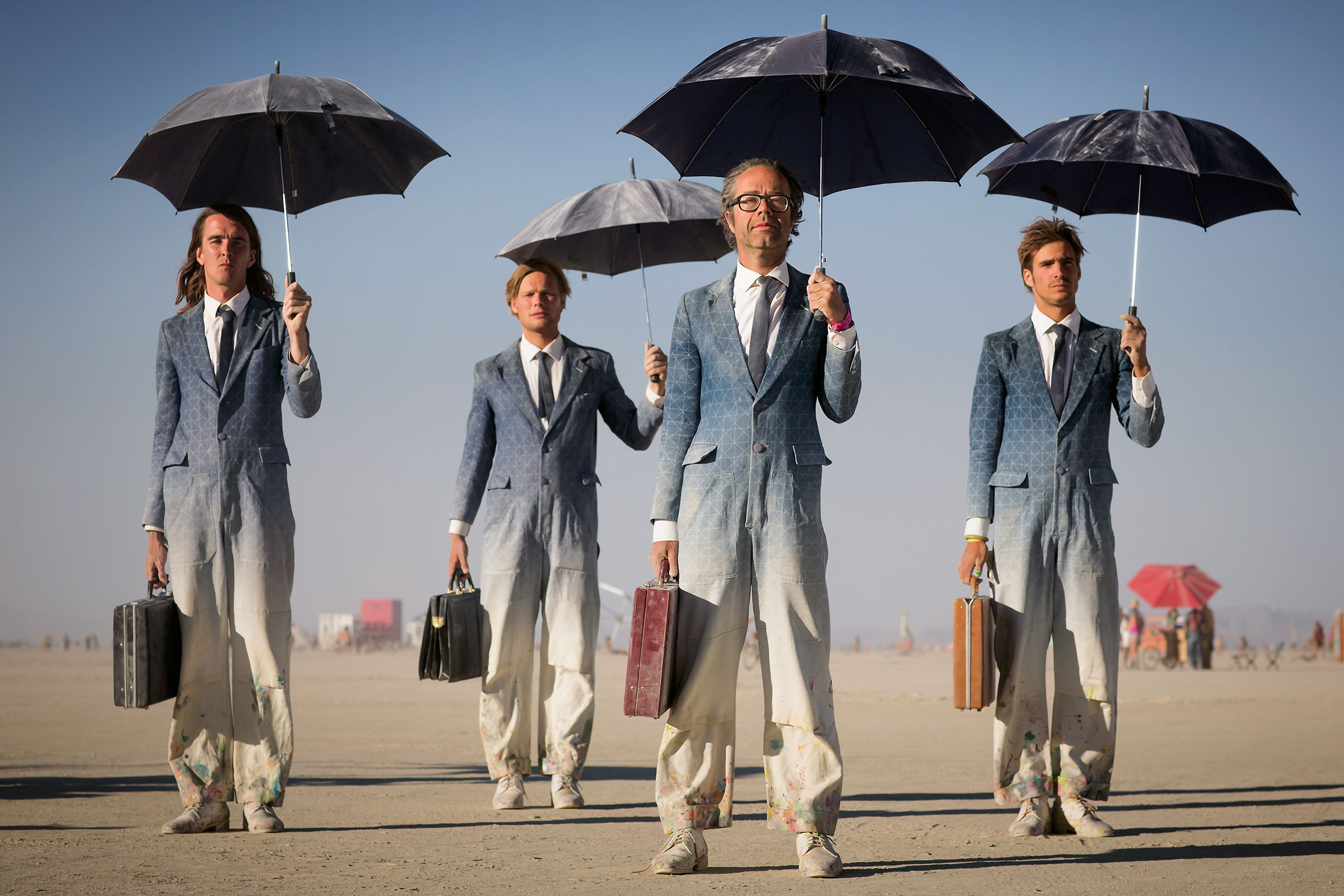
Do you plan how you shoot each installation? Or is it an organic process?
I do a fair amount of planning every year. I research the artists who are going to be there, look at renderings of the installations they are building, and develop ideas and strategies for the kinds of photos I want to make. But there is a limit to how much planning you can do before you go to Burning Man. Most of it comes together once you’re on the scene.
The weather is always a huge variable. Last year, for example, smoke from a nearby wildfire gave us hazy, red skies for much of the event. It made for unusual images that looked like something shot on Mars or in some post-apocalyptic wasteland. At other times, intense wind and dust storms can offer up evocative, dreamlike scenes straight out of the imagination. You just never know what you’re going to get.
What’s your favourite image you have taken at the festival and why?
Most of my personal favourites are portraits. Working closely with other people can be very intimate and transformative, and I love that aspect of portraiture. But there are also a few that are in the book that mean a lot to me. The image of the Temple of Transition is a case in point. I saw the image in a dream a few days before the start of Burning Man 2011. It was like a very strong pre-visualisation. When I arrived at the event, I had to figure out how to replicate what I had seen in my mind. It required a high vantage point and a bit of wind and dust, and of course people walking to and from the temple. Everything came together for me late in the afternoon of the first day.
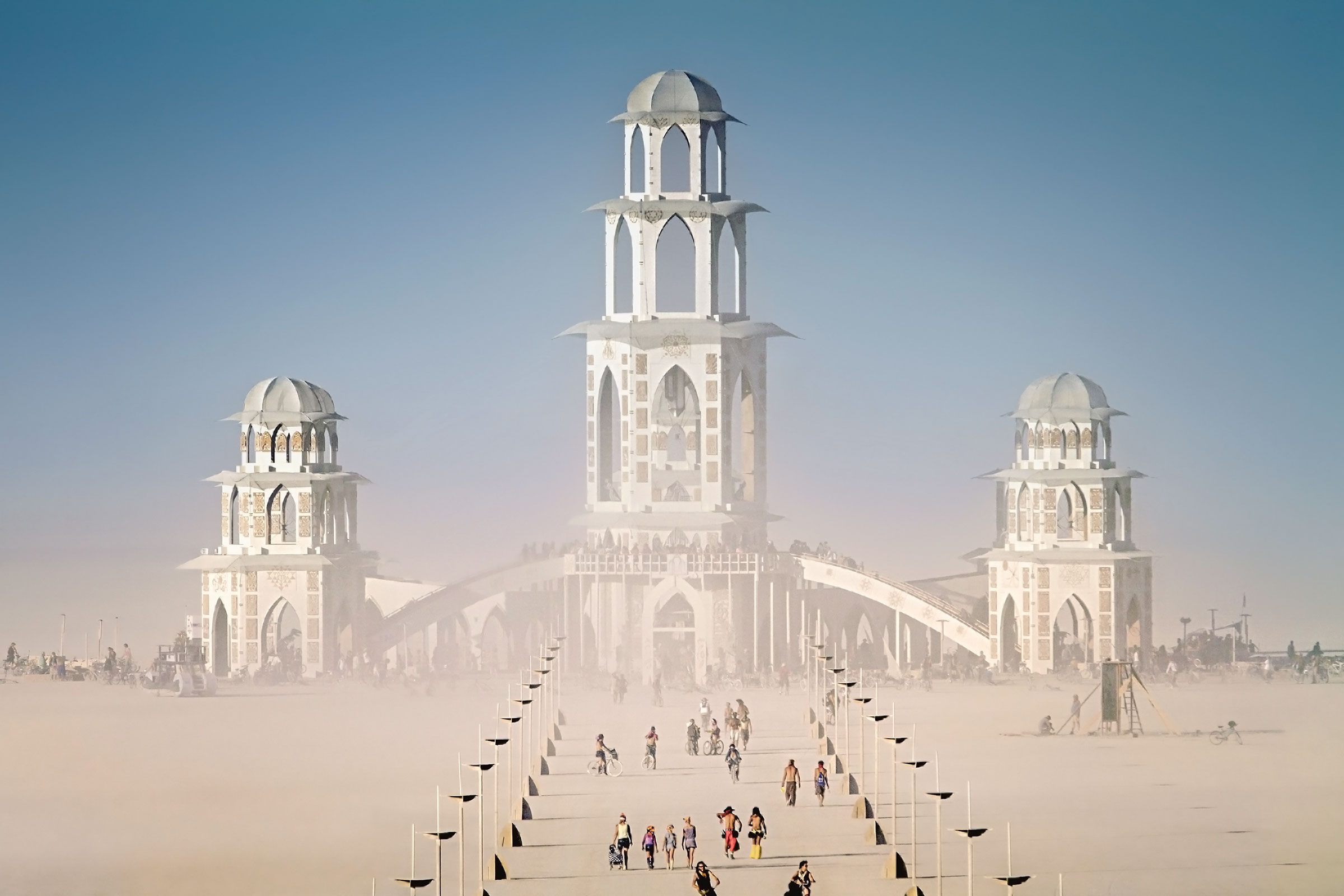
What is your standout memory from Burning Man?
I remember being lured into a mobile photo booth one year by a topless woman who demanded that I take my clothes off, put my cameras away and have my picture taken, if only so I could feel what it’s like to be bare and exposed on the other side of the lens.
I also remember flying in an ultralight, 1,000 feet above the playa, with three cameras around my neck, and a pilot who, I discovered, had had a few too many to drink. We made it back alive, but only after I’d said a lot of prayers.
But the standout memory, perhaps, was my first time at Burning Man when it hit me that I had no words to describe what I was seeing—it was simply impossible to explain. I realized that my best hope of conveying the experience would be through pictures. That was the moment my Burning Man photography project got its start.
What camera gear do you take with you to the festival?
I’m a long-time Canon photographer and I use a combination of DSLRs at the event. I shoot most of the art with zoom lenses and switch to primes when I make portraits. I avoid changing lenses because the alkali dust of the playa can cause problems when it gets inside the camera. This means bringing multiple bodies, each with a dedicated lens that stays on for the duration of the event.
Is it tough spending 7 days shooting in the desert? Do you stay for the whole festival?
I work very hard at Burning Man, 12-14 hours a day for 7 full days. But it’s the most fun I have all year.
Describe your style.
Others tell me I have a distinctive style, but I don’t think about it much. Like most photographers, I’m attracted to vivid colours, striking subjects and pleasing compositions. When I’m lucky those elements come together in a single frame.
